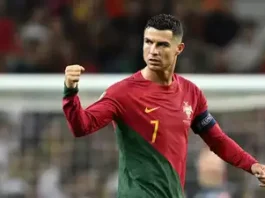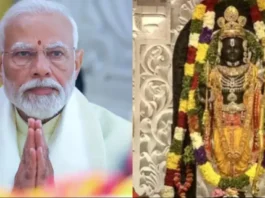You believe Napoleon was short, then? It’s a myth, though. In addition to relentlessly mocking the French president, Britain’s legendary satirist James Gillray executed what is arguably the greatest cartoon coup ever, persuading the world—even today—that he was pint-sized. All of it stemmed from a translation error (and probably some mischief as well). Napoleon was 5 feet 2 inches tall, but on the other side of the Channel, his measured height would have been closer to 5 feet 7 inches because French inches were larger than British ones. Taller than the typical Frenchman of the era, but not a giant.
One of the biggest films of the autumn is now the epic tale of the Corsican soldier who rose to dominate Europe, experienced a startling fall from grace, and then made a brief comeback before meeting his Waterloo. Historians who have criticized Ridley Scott for factual errors in his portrayal of Napoleon have already been made fun of. However, how has this enormous figure been portrayed by other artists? The leader’s remarkable life story is a well-known theme in films alone. Can Scott and his leading man Joaquin Phoenix finally put Abel Gance’s silent Napoléon from 1927 to rest? Have they also removed the enchantment that dogged Stanley Kubrick’s abandoned Napoleon project?

The Romantic era was dominated by Napoleonic art. He served as an inspiration for many works of art from the 1790s to the 1820s and beyond, including JMW Turner’s stormy painting Snow Storm: Hannibal and His Army. traveling across the Alps to, well, restrooms where you could pee on his face. Francisco Goya captured the horrors he inflicted in graphic paintings that frighten people to this day. More subtly, given the shadow this conqueror cast, one could claim that every piece of literature or art from the time was somehow about Napoleon, including Jane Austen’s comedic novels.
Yet the Corsican himself employed the most keenly informative Napoleonic artists. It’s easy to label French painters who worked for him propagandists because, of course, they were supposed to spread his myth. However, this was a golden age of art, particularly in France, and the closest painters had a deeper understanding of Napoleon than just showmanship. Many discovered something far stranger and more intricate.

A young artist named Antoine-Jean Gros followed the rising military star to Italy, got an introduction, and saw him firsthand on the battlefield at Arcole, eight years before Napoleon Bonaparte crowned himself Emperor of the French. This gave Bonaparte inspiration at the Pont d’Arcole, where he painted a passionate picture of a long-haired hero who was totally at ease, brandishing a sword, waving a flag, and wearing a blood-red bow around his waist. He is the epitome of bravery as he leads from the front into the center of battle, his face startlingly bright in the midst of the darkness all around. After all, Gros believes that Napoleon is the epitome of the Romantic era.
Gros’s faith in his hero appears to have wavered ten years later. Napoleon on the Battlefield at Eylau, his enormous painting, depicts a much more somber and reserved leader. Pale-faced, Napoleon sits on his horse in a frozen landscape where bodies are piled high in the snow. However, Gros still searches for Napoleon’s personal magic here, at the site of the brutal defeat of the Russian army. With a mysterious gesture, the French Emperor, as he was now called, holds out his hand and looks into a truth that only he can see. Wounded warriors bow down at the horse’s fetlocks, as though the rider was Christ wearing a bicorn hat.

The Napoleonic conquests began to deteriorate into chaos and a muck of bloodied snow after the Battle of Eylau in East Prussia. If he is indeed experiencing a vision, it could be a warning of impending disasters. He would lead a 650,000-strong army into Russia in 1812. Less than 100,000 would come back.






